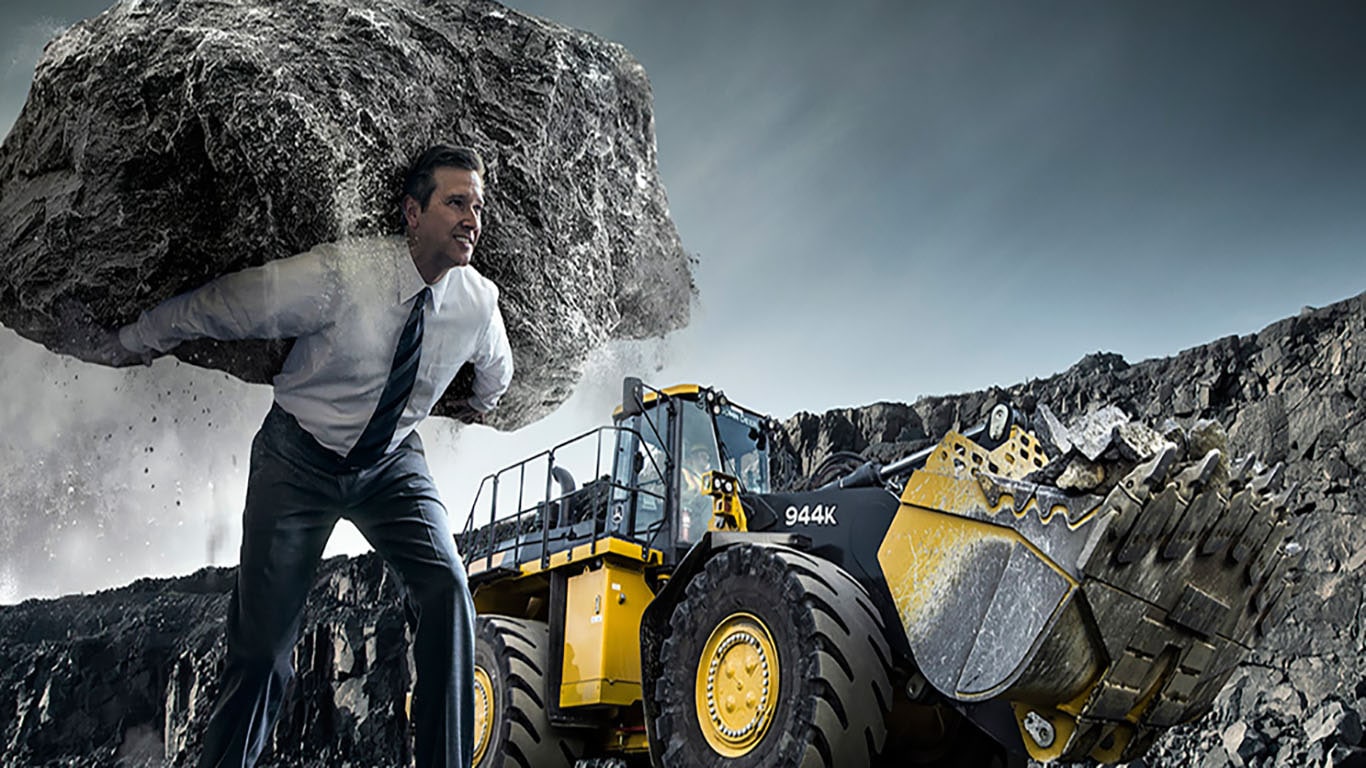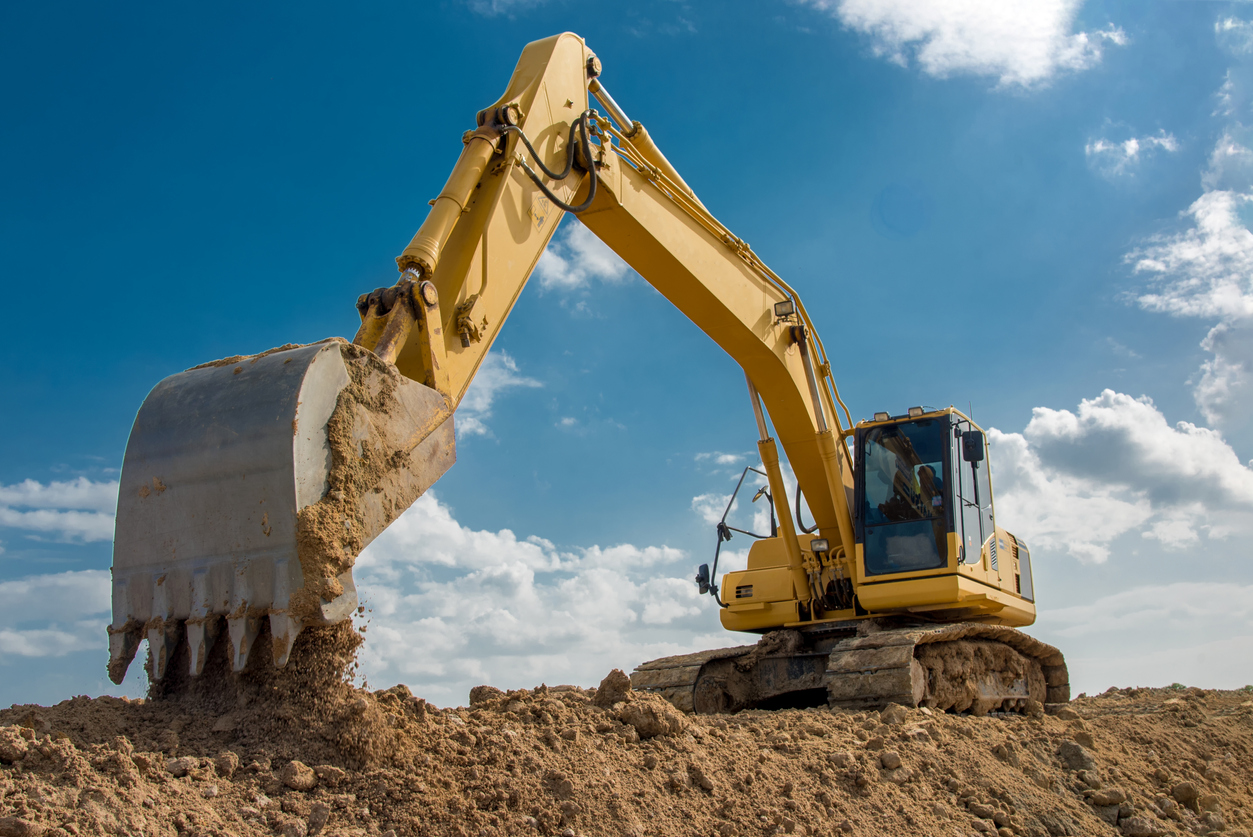Heavy Equipment Rental: High-Quality Equipment for Lease
Heavy Equipment Rental: High-Quality Equipment for Lease
Blog Article
Leasing Vs. Acquiring Construction Tools: Making the Right Option for Your Project
When embarking on a building job, one of the essential decisions that project stakeholders and supervisors face is whether to get or rent out building equipment. The choice hinges on various factors such as expense factors to consider, job period, devices upkeep, scalability, flexibility, and danger management.
Price Factors To Consider
When evaluating the monetary aspect of leasing versus acquiring building tools, the upfront expenses and lasting expenses should be meticulously thought about. Renting out tools commonly requires reduced preliminary settlements contrasted to acquiring, making it an attractive alternative for short-term jobs or specialists with budget restraints. Renting removes the requirement for big capital investments and minimizes the economic threat associated with devices ownership, such as maintenance and devaluation expenses. However, over time, continuously leasing tools can collect greater costs than buying, especially for extensive jobs.
On the various other hand, purchasing building equipment includes higher ahead of time expenses but can result in long-lasting savings, specifically for long-lasting jobs or constant customers. Ultimately, the choice between renting and buying construction devices pivots on the project's period, frequency of use, spending plan considerations, and long-lasting monetary objectives.
Project Period

Conversely, for long-lasting tasks or recurring building and construction work, purchasing devices might be the a lot more affordable choice. Acquiring devices can bring about cost savings over time, particularly if the equipment will certainly be regularly utilized. Additionally, owning tools provides a sense of control over its accessibility and enables modification to fit particular project requirements.

Equipment Upkeep
Given the essential role project period plays in determining the most economical technique between acquiring and renting out construction devices, the emphasis currently shifts towards examining the vital facet of tools upkeep. Correct maintenance is critical for guaranteeing the optimal efficiency and long life of building devices. Renting out tools frequently features the benefit of having well-kept equipment provided by the rental firm. This can reduce the problem of upkeep jobs from the task proprietor or service provider, saving time and effort. On the various other hand, owning tools needs a proactive technique to upkeep to avoid malfunctions, ensure safety and security, and prolong the tools's life expectancy. Regular inspections, servicing, and prompt repair work are necessary to maintain owned equipment in leading working condition. Variable in upkeep costs when making a decision in between acquiring and renting out, as disregarding maintenance can result in expensive repair services, downtime, and project delays. Inevitably, a properly maintained building and construction equipment fleet, whether leased or owned, is crucial for the effective and effective completion of construction tasks.
Versatility and Scalability
In the realm of building tools administration, the aspect of flexibility and scalability holds significant value for task efficiency and source utilization. see here Choosing to lease building and construction tools offers a high degree of flexibility as it permits for the fast adjustment of equipment kinds and quantities based on the advancing demands of a project. Renting allows contractors why not try these out to access a wide variety of specific tools that might be needed for details jobs without the lasting commitment of possession. This adaptability is especially helpful for projects with differing demands or unclear periods (equipment rental company).
In addition, scalability, one more crucial factor, is inherently linked to adaptability. Renting building and construction devices supplies the benefit of easily scaling procedures up or down as task needs vary. Contractors can promptly exchange or include devices to match the task's transforming requirements without the restraints of possessing assets that may come to be underutilized or out-of-date. This capacity to range resources effectively can cause expense savings and enhanced project timelines, making leasing a beneficial option for projects calling for versatility and responsive resource allowance.
Risk Administration
Reliable threat monitoring in building devices procedures is vital to making certain job success and mitigating potential monetary losses. Building tasks naturally include numerous dangers, such as equipment breakdowns, crashes, and project delays, which can substantially impact the job timeline and spending plan. By thoroughly considering the dangers related to owning or leasing building and construction devices, project managers can make informed choices to minimize these potential risks.
Renting construction equipment can offer a level of threat mitigation by moving the responsibility of upkeep and repair work to the rental company. This can lower the financial burden on the job proprietor in case of unforeseen tools failures (forklift rental). In addition, renting out provides the adaptability to access customized devices for specific job phases, reducing the risk of owning underutilized machinery
On the other hand, having building devices provides a sense of control over its usage and maintenance. However, this likewise implies birthing the complete obligation for repair work, maintenance prices, and depreciation, raising the economic risks connected with equipment ownership. Careful threat assessment and factor to consider of aspects such as task duration, equipment application, and upkeep demands are important in identifying one a knockout post of the most ideal choice for effective risk administration in construction tasks.
Verdict
In conclusion, when deciding in between renting out and purchasing building devices, it is important to think about price, job duration, equipment maintenance, risk, flexibility, and scalability administration. Each variable plays a vital function in determining one of the most ideal choice for the job at hand. By thoroughly reviewing these elements, project managers can make an informed choice that straightens with their spending plan, timeline, and total task goals.

Report this page